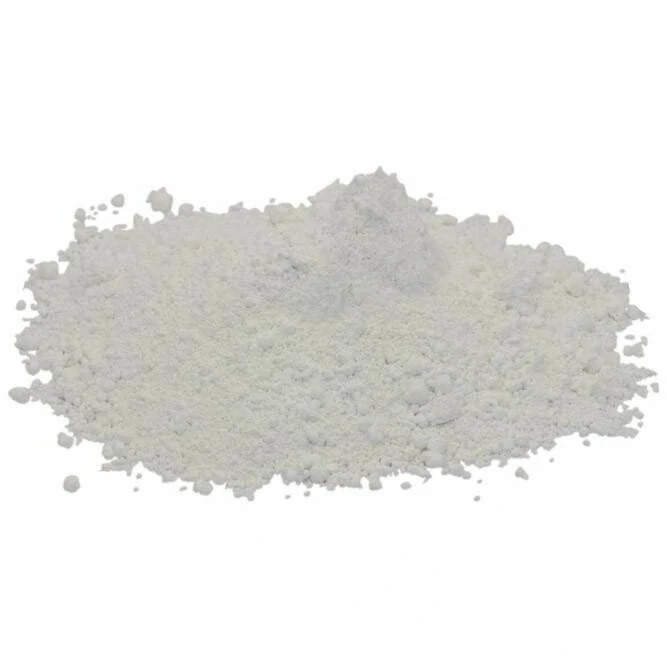What is Graphene Composite Lithium Iron Phosphate Battery?
In recent years, there has been a growing interest in developing advanced energy storage systems that can meet the increasing demand for portable electronic devices, electric vehicles, and renewable energy sources. One of the promising technologies that have emerged is the graphene composite lithium iron phosphate battery.
Graphene, a single layer of carbon atoms arranged in a honeycomb lattice structure, has gained significant attention due to its exceptional electrical, thermal, and mechanical properties. By incorporating graphene into the lithium iron phosphate (LiFePO4) battery, researchers have been able to enhance its performance in terms of energy density, power output, and cycle life.
Traditional lithium-ion batteries often suffer from limitations such as low energy density, sluggish charge-discharge rates, and limited lifespan. However, the graphene composite LiFePO4 battery addresses these challenges by utilizing the unique properties of graphene. Firstly, graphene’s high electrical conductivity allows for improved electron transport within the battery, resulting in faster charging and discharging rates. This enables the battery to deliver higher power output, making it suitable for applications that require quick energy supply.
Moreover, the integration of graphene into the LiFePO4 battery significantly enhances its energy density. Graphene possesses a large surface area and can store more lithium ions, increasing the overall capacity of the battery. This makes the graphene composite LiFePO4 battery ideal for long-lasting energy storage solutions, such as electric vehicles and renewable energy systems. Additionally, the high thermal conductivity of graphene helps dissipate heat generated during charging and discharging processes, improving the battery’s safety and lifespan.
Another advantage of the graphene composite LiFePO4 battery is its excellent stability and durability. Traditional lithium-ion batteries tend to degrade over time due to the formation of solid electrolyte interface (SEI) on the electrode surfaces. This SEI layer hinders the flow of ions and reduces the battery’s performance. However, the presence of graphene in the LiFePO4 battery helps prevent the formation of SEI, thus maintaining its capacity and efficiency over multiple charge-discharge cycles.
Furthermore, the use of graphene in LiFePO4 batteries has a positive environmental impact. Graphene is an abundant and sustainable material, unlike other battery components such as cobalt, which raises concerns about ethical sourcing. By replacing some of the cobalt content with graphene, the overall environmental footprint of the battery is reduced.
In conclusion, the graphene composite LiFePO4 battery represents a significant advancement in energy storage technology. Its incorporation of graphene enhances its energy density, power output, cycle life, stability, and environmental sustainability. As the demand for high-performance and long-lasting energy storage systems continues to grow, the graphene composite LiFePO4 battery holds great promise for various applications ranging from portable electronics to electric vehicles and renewable energy systems. With further research and development, this technology could revolutionize the way we store and utilize energy.
.webp)




